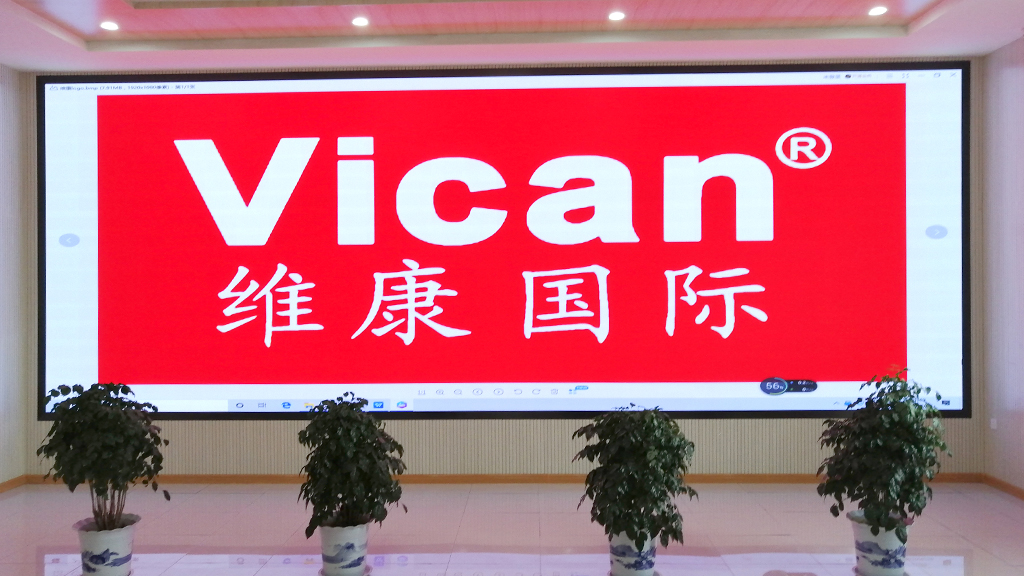When installing or using the LCD video wall, there is often a phenomenon of screen aliasing. Generally , there are two types of aliasing: full-screen snowflakes and vertical lines. What is the reason for this phenomenon? How can I solve it when it occurs?
Generally, if there are vertical or horizontal lines during installation, it can be concluded that the screens are squeezed against each other. For example, the spacing between the upper, lower, left, and right screens during installation is not well controlled, which can cause stress between the screens, resulting in deformation of the internal circuit board or wiring, which can easily lead to horizontal and vertical lines. Our professional installation technicians all know that even video wall splicing is not only about overlapping products, but also about relying on hooks on the back to fix and bear force. Moreover, it is necessary to ensure that a piece of A4 paper of ordinary thickness can be passed between the screen and the screen, so as to avoid mutual compression between the splicing screens.

Another situation is that there are snowflakes on the screen, which mostly occurs during later use. There are many reasons for this phenomenon, such as the loose link line of the LCD splicing screen graphics card, resulting in poor contact, or damage to the graphics card. Therefore, when this problem occurs, our technical personnel usually first detect the circuit, make sure that the internal circuit is not loose or disconnected, and then detect the graphics card. The quality of the graphics card is crucial, especially in terms of electromagnetic interference resistance, If there are quality issues, they should be resolved by replacing the graphics card.
If the problem is still not resolved by checking the hardware, we can try to check the software settings, such as the resolution of the mosaic screen, to see if the refresh rate is too high. If the resolution exceeds the optimal resolution recommended by the manufacturer, there may also be a splash screen phenomenon.”. In addition, it is also possible to detect the drivers installed on the control computer. Sometimes new versions of drivers may not be suitable for the hardware components of the mosaic screen. Therefore, we recommend that you choose to use the original driver provided by the manufacturer or download the latest driver directly from the manufacturer’s official website to ensure a perfect connection between the software and hardware.
“The mosaic screen phenomenon is not a major quality issue, so don’t be nervous. Generally, we can solve it through troubleshooting, but remember not to disassemble the machine without permission to avoid damage. If the above methods cannot solve the problem, we should promptly contact the manufacturer’s technical personnel to learn about it or solve it.



